Industry information
Company News
- Customized aluminum veneer, creating a new trend of personalized space
- Aluminum veneer customization, creating a new trend of personalized space
- Aluminum veneer: a fashionable choice for modern architecture. What do you know about it?
- Aluminum veneer: the green choice for modern architecture
- Punched aluminum veneer: infinite creativity, new space proposition
Industry dynamics
- Exquisite craftsmanship of 1.5mm punched aluminum veneer
- Aluminum veneer curtain wall: the "coat" of modern architecture
- Aluminum veneer curtain wall: a perfect combination of architectural art and practicality
- Aluminum veneer design is a new trend in modern architecture!
- Improvement and development trend of production process for aluminum veneer
Frequently asked questions
- What is the environmental performance of aluminum veneer?
- What is the market outlook and development trend of aluminum veneer?
- What are the production equipment for aluminum veneer and what is their approximate price?
- What is the production process of aluminum veneer?
- How to choose a suitable aluminum veneer supplier?
contact us
Mobile:+86 15627778610
Email: 2201229786
Address: No. 5 Binjiang Road, High tech Zone, Zhaoqing City, Guangdong Province
Screen printing process for 2.5mm aluminum veneer
- Author: Jinba Aluminum Industry (Guangdong) Co., Ltd
- Release time: 2022-03-04 15:35:06
- Click:0
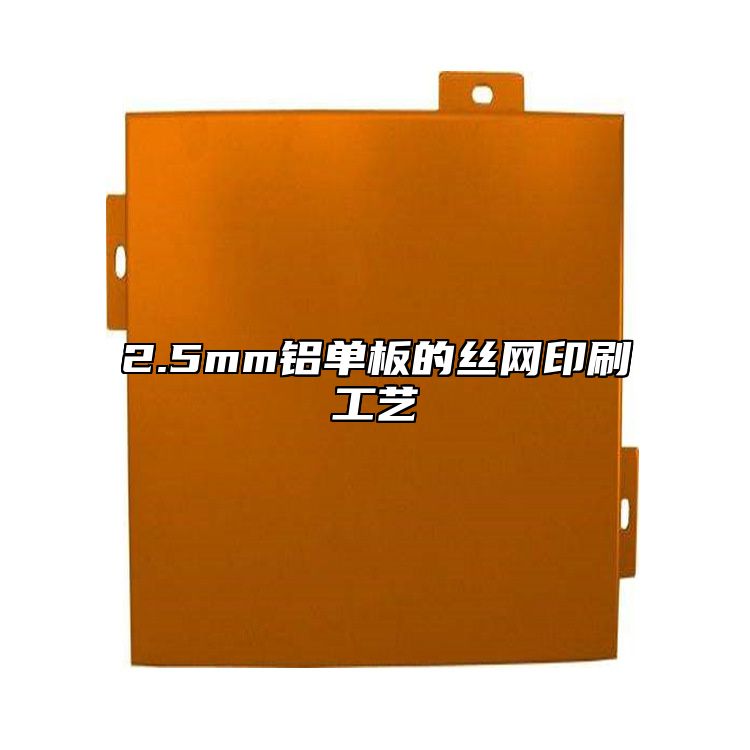
With the development of the architectural decoration industry, the application of 2.5mm thick aluminum veneer is becoming increasingly widespread. In addition to conventional surface treatment methods, screen printing technology has also become one of the commonly used surface treatment methods. The following will provide a detailed introduction to the screen printing process of 2.5mm thick aluminum veneer.
1、 Principles of Screen Printing Technology
Screen printing is a technology that uses a screen to print on the surface of a substrate. In the screen printing process of 2.5mm thick aluminum veneer, it is necessary to first prepare a printing equipment with screen and ink, and then install the equipment on the surface of the substrate to form a layer of pattern or text on the surface of the aluminum veneer through printing, ultimately forming the desired decorative effect.
2、 Screen printing process flow
1. Prepare printing equipment: Design and manufacture as needed to ensure the quality and specifications of the screen match, as well as the quality and specifications of the ink match.
2. Cleaning the substrate: Use appropriate cleaning agents to clean the substrate to remove surface dirt and grease.
3. Install printing equipment: Install the prepared printing equipment on the surface of the substrate, ensuring correct position and orientation.
4. Adding Ink: Add ink to the screen and adjust parameters such as pressure and printing distance to achieve the desired printing effect.
5. Printing: Ink is evenly printed on the surface of aluminum veneer through screen printing, forming a layer of pattern or text on its surface.
6. Follow up processing: Perform subsequent processing as needed, such as drying, to enhance the decorative effect.
3、 Precautions
When performing screen printing process on 2.5mm thick aluminum veneer, the following points should be noted:
1. It is necessary to choose and match according to actual needs and usage environment to ensure that the decorative effect meets the expected requirements.
2. When selecting materials and processing, attention should be paid to the matching of quality and specifications to avoid situations where problems cannot be solved.
3. During the construction process, it is necessary to pay attention to the implementation of safety protection measures to prevent accidental injury accidents.
4、 Summary
The screen printing process of 2.5mm thick aluminum veneer is one of the important factors affecting its application effect. When carrying out screen printing technology, it is necessary to pay attention to the preparation work, correct selection and matching of materials, and strict quality inspection to ensure that the product meets the expected requirements. At the same time, it can also be reasonably matched and used according to market demand and aesthetic standards to enhance the beauty and added value of the product.

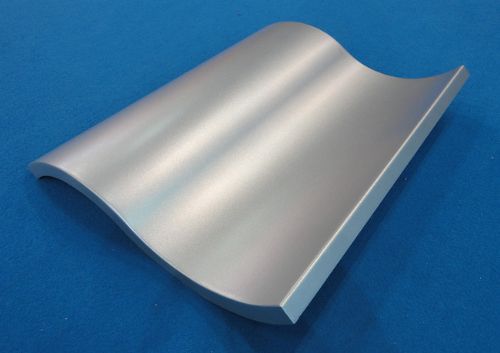
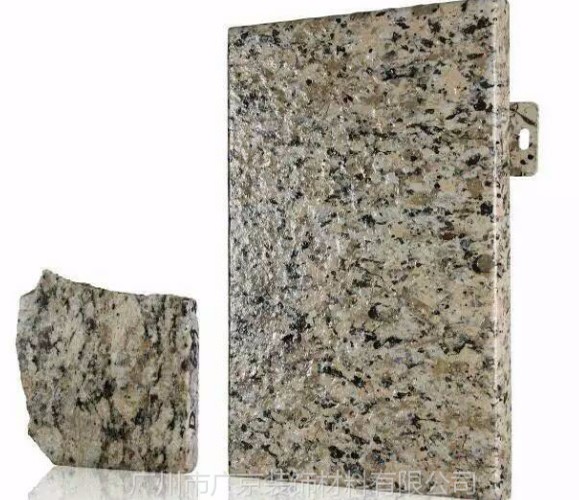
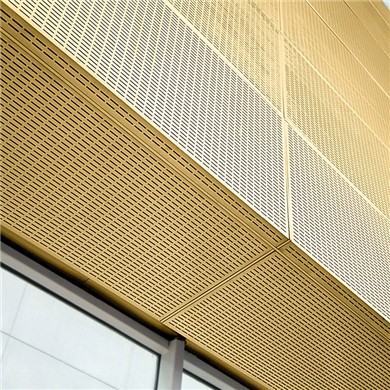
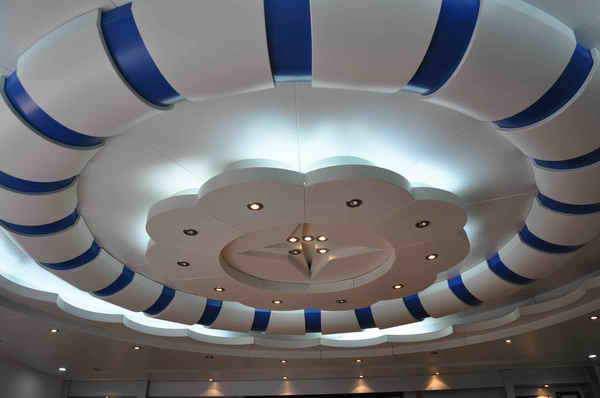
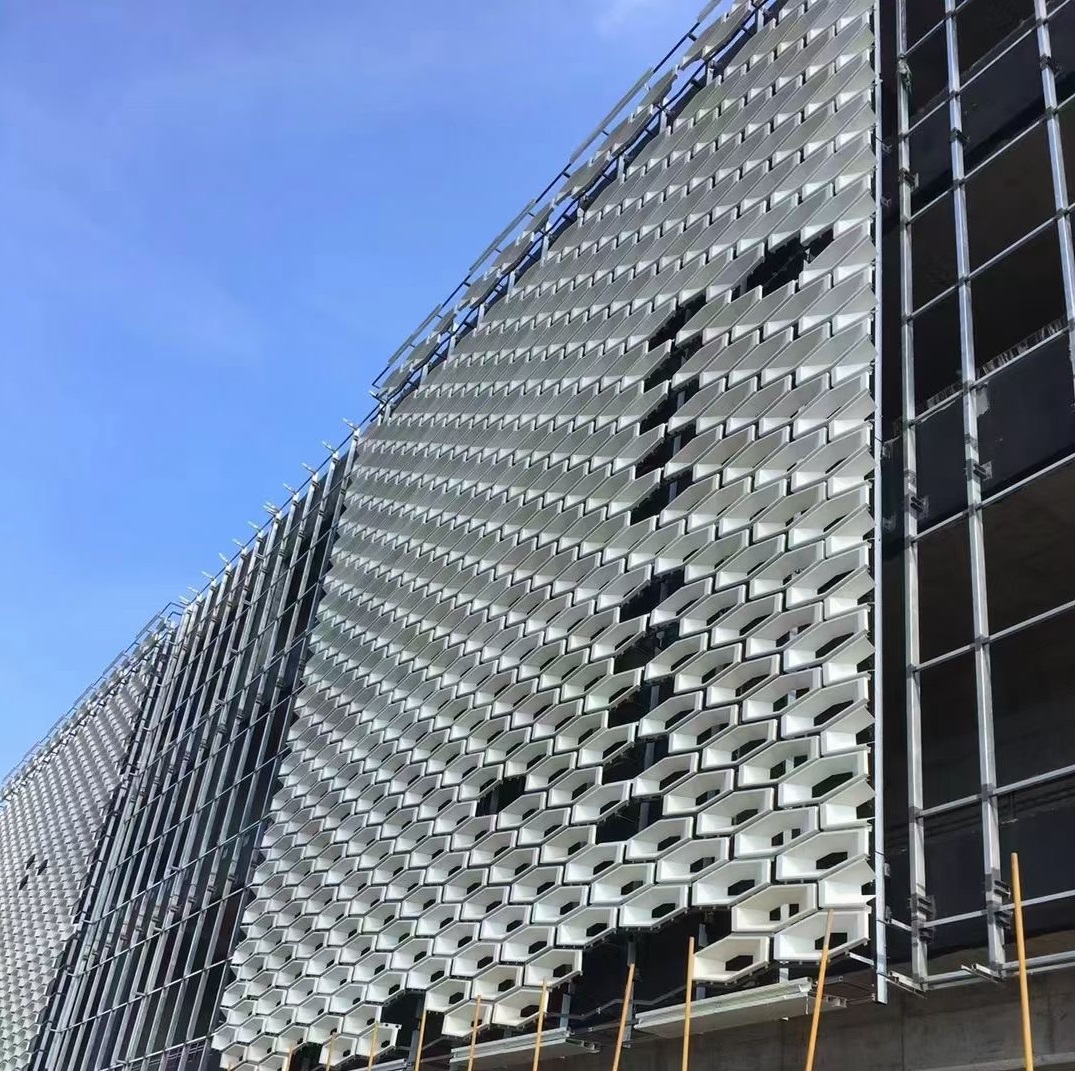
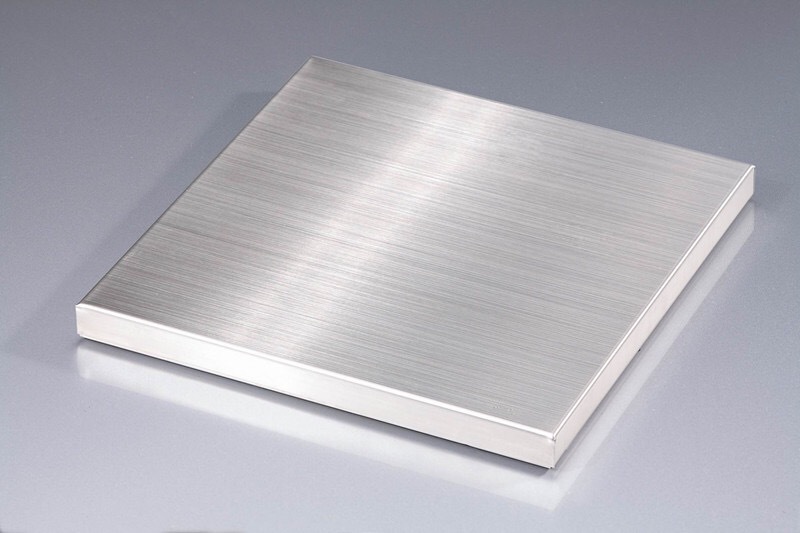
 Customer service QQ
Customer service QQ